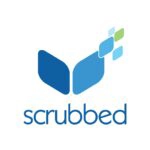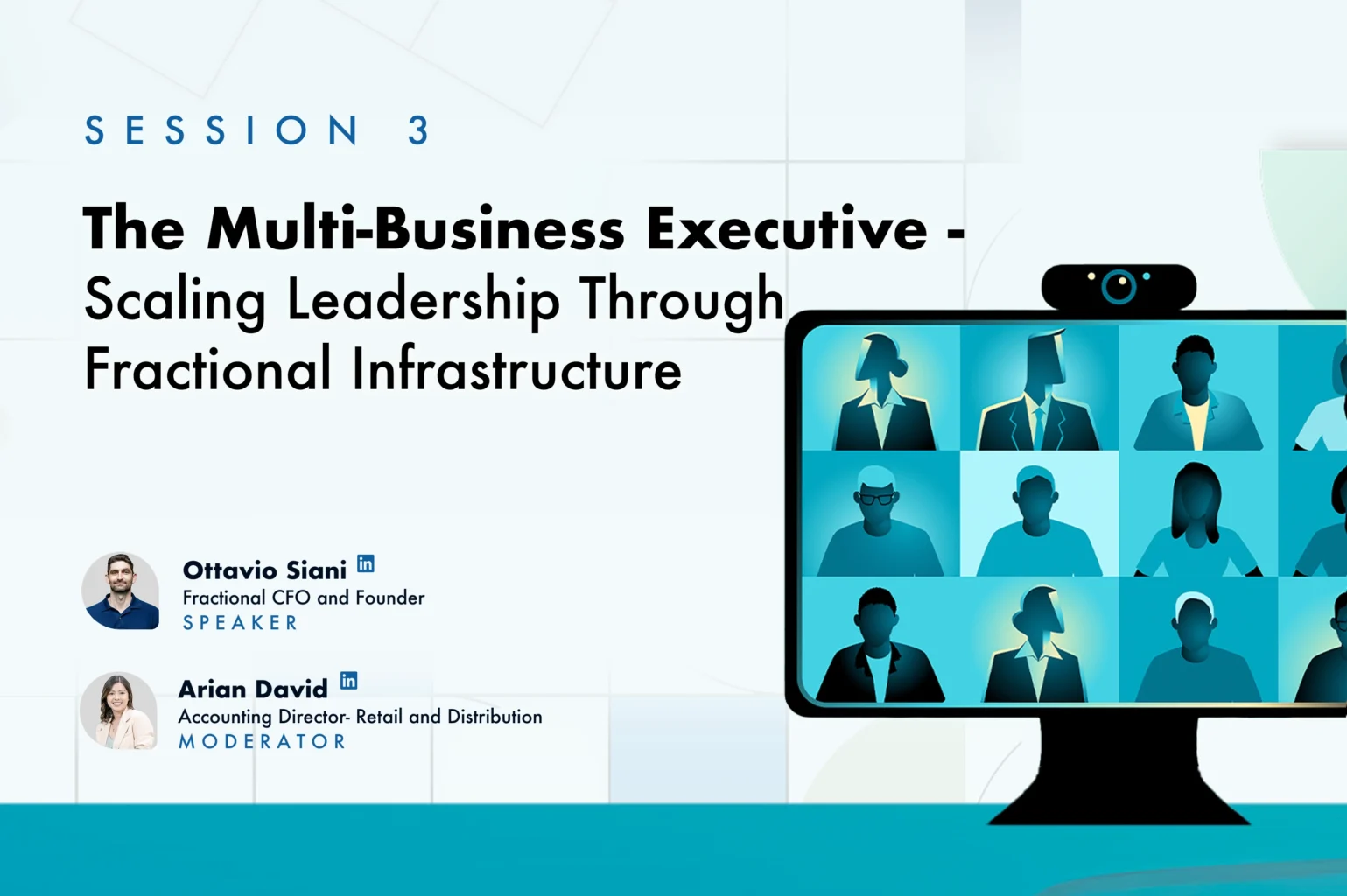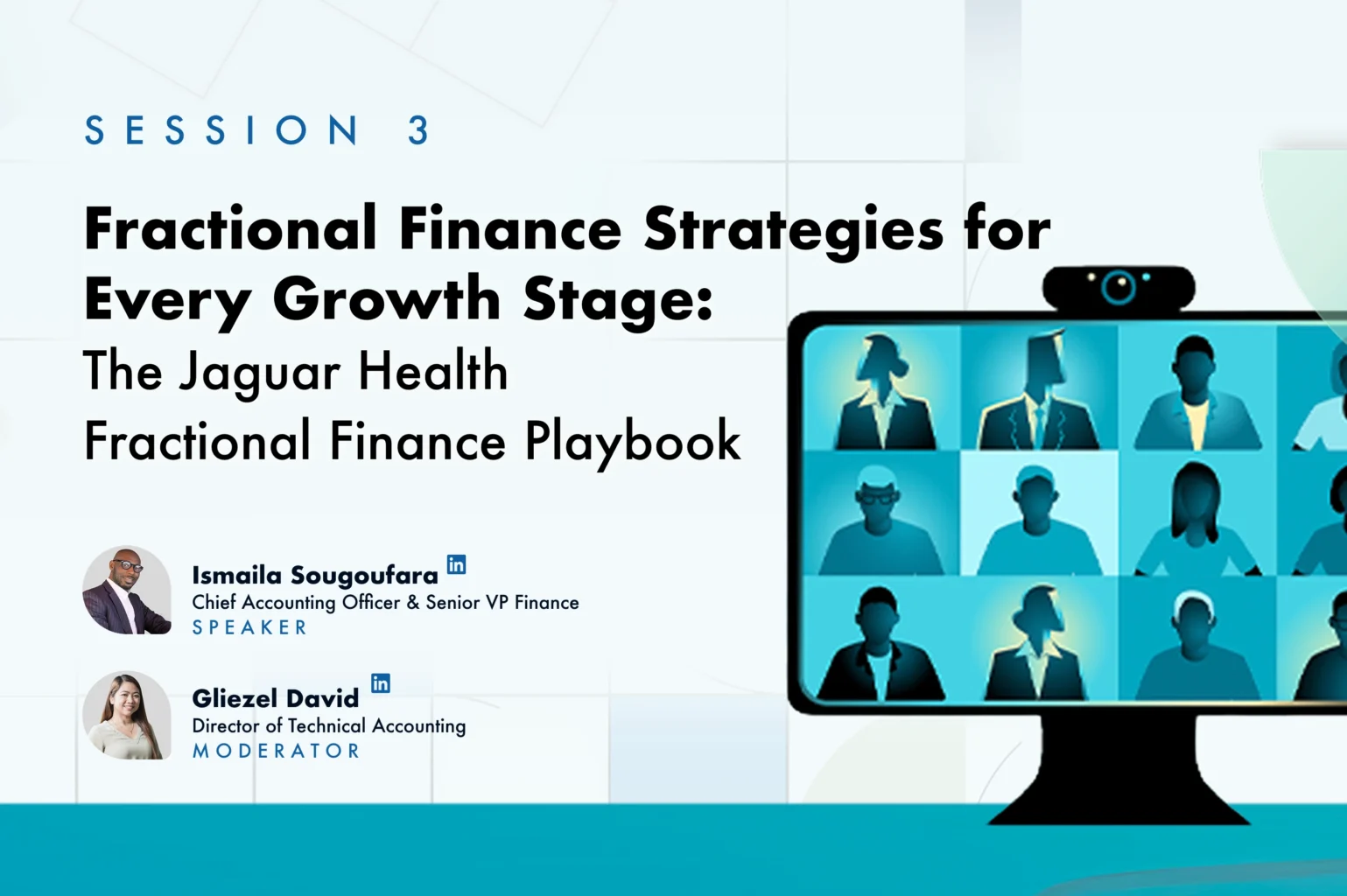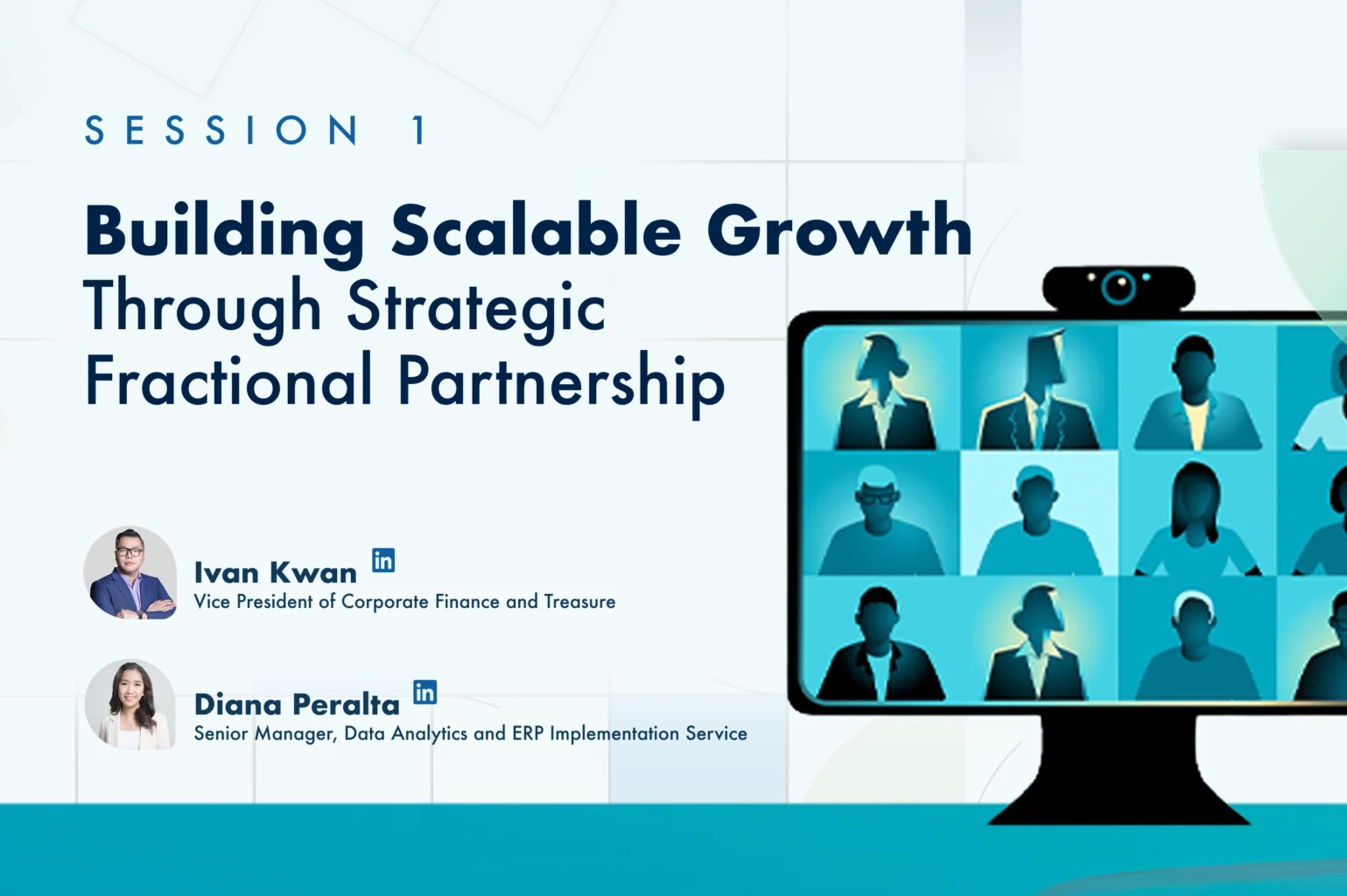On December 27, 2020, a second major economic relief package was signed into law. The Consolidated Appropriations Act of 2021 (the “Act”) included Additional Coronavirus Response and Relief (“ACCR”) provisions that modified the Small Business Administration’s (“SBA”) Paycheck Protection Program.
Below are the relevant changes in the PPP:
Tax treatment of PPP loans
a. Deductibility of expenses paid using PPP loan proceeds
In April 2020, Internal Revenue Service (“IRS”) issued Notice 2020-32 which clarified that no deduction will be allowed for an expense that was otherwise deductible if the payment of the expense resulted in forgiveness under the PPP loan program. The Act, however, reversed the said IRS ruling. This allows taxpayers whose PPP loans are forgiven to deduct the expenses relating to their loans, provided that these qualify as ordinary and necessary business expenses. This rule applies retroactively to the effective date of the Coronavirus Aid, Relief, and Economic Security Act (“CARES Act”) so that expenses paid using funds from PPP loans previously issued under the CARES Act are deductible, regardless of when the loan was forgiven. This tax treatment also applies to other types of loan forgiveness such as Economic Injury Disaster Loan (“EIDL”) grants and advances
b. Taxability of forgiven loan
According to the Act, “no amount shall be included in the gross income of the eligible recipient by reason of forgiveness of indebtedness.” Hence, forgiven PPP loan is completely tax-exempt and is not included in the taxable income.
Expansion of costs eligible for loan forgiveness
Payroll costs were broadened to expressly include group life, disability, vision, or dental insurance benefit.
For non-payroll costs, Section 304 of the ACCR expands the eligible expenses. The forgiveness, however, still requires the loan to be used at least 60% for payroll costs.
Covered operations expenditures – payment business software or cloud computing that facilitates business operations, product or service delivery, the processing, payment, or tracking of payroll, human resources, sales & billing functions, or accounting or tacking of supplies, inventory, records, and expenses
Covered property damage costs – costs related to property damage and vandalism or looting due to public disturbances that occurred during 2020 that were not covered by insurance or other compensation
Covered supplier costs – expenses made by the borrower to a supplier of goods that were essential to the borrower at the time of the expenditure and was contractually agreed upon before the covered period
Covered worker protection expenditures – expenditures to facilitate compliance with federal health and safety guidelines or equivalent state and local guidance related to the COVID-19 national emergency beginning on March 1, 2020, through the expiration of the national emergency declaration
Flexible covered period for forgiveness
Under the previous guidance, borrowers who applied for their PPP loan before June 5, 2020 had an option for an 8 or 24-week covered period beginning on the loan disbursement date. Borrowers who applied after that date had to use a 24-week covered period. Section 306 of the ACCR now allows a borrower to elect when the covered period will end by selecting a date between 8 and 24 weeks after the date of origination.
Simplified loan forgiveness
Section 307 of the ACCR provides simplified forgiveness of loans amounting to $150,000 or less subject to the following conditions:
The borrower should submit a completed one-page application form.
The form must include the following:
a. number of employees the employer was able to retain due to the loan;
b. an estimate of the total loan amount spent on payroll costs; and
c. total loan amount.
The supporting records do not need to be submitted with the form but must be retained for four years for employment records and three years for other records after the submission of the form.
Loans more than $150,000 are still subject to the SBA’s current loan forgiveness procedures and would remain subject to SBA audit.
EIDL advances do not affect PPP forgiveness
Under the previous guidance, when a PPP borrower also received an EIDL advance, the advance will reduce the PPP forgiveness. This was redacted in the Act to give the borrowers the advantage to participate in both programs.
Request for increase in loan amounts
An eligible recipient that returned all or part of an original covered loan or did not accept the full amount of an original covered loan can request a modification to increase the amount of the covered loan to the maximum amount allowable. Moreover, if any Interim Final Rules are issued that would increase a borrowers’ covered loan, borrowers have the right to submit a request for a PPP loan increase.
Second draw of PPP loans
Section 311 of the ACCR provides an additional round of funding for eligible entities with a maximum amount of $2.0 million. To qualify as an eligible entity, the borrower must meet all of the following criteria:
In operation on or prior to February 15, 2020 (as clarified under Section 310 of the Act);
Has 300 or fewer employees; and
Had a 25% or greater reduction in gross receipts during a specific quarter in 2020 compared to the same quarter in 2019
The following are examples of ineligible entities under the Act:
Financial businesses primarily engaged in the business of lending
Entities involved in political and lobbying activities
Entities affiliated with entities in the People’s Republic of China
Private clubs and businesses which limit the number of memberships for reasons other than capacity
Government-owned entities (except for businesses owned or controlled by a Native American tribe)
Businesses principally engaged in teaching, instructing, counseling or indoctrinating religion or religious beliefs
Cannabis businesses (or any other businesses that deal with products that are illegal at the federal level)
Household employers (such as those who employ housekeepers or nannies)
Registrants under the Foreign Agents Registration Act
Entities that have received or will receive a grant under the Shuttered Venue Operator Grant program
The second draw loan amount is calculated on the same basis as the original PPP loans (i.e., up to 2.5 times average total monthly payroll costs in the one year prior to the loan), but not to exceed $2.0 million. Certain entities in industries assigned a North American Industry Classification System (“NAICS”) code of 72 Accommodation and Food Services (e.g., hotels and restaurants) may receive loans of up to 3.5 times the average monthly payroll costs. New loans and second draw of PPP loans may be obtained through March 31, 2021, subject to the availability of funds.
The loan forgiveness is equal to the sum of the borrower’s payroll costs, covered mortgages, rents, utility payments, covered operations expenditures, covered property damage costs, covered supplier costs, and covered worker protection expenditures incurred during the covered period of the loan. The 60/40 spending requirement still applies.
The PPP updates are retroactive and applicable to the new PPP loans. Note that the guidance is changing regularly. We encourage you to check with the SBA and your lender for updated guidance.
WE’D LOVE TO HELP.
We will continuously update you with news and analysis of legislative and administrative acts that are designed to provide relief from the economic effects of the COVID-19 pandemic. For immediate questions, guidance and clarification, please contact us at [email protected] or discuss it with your Scrubbed professional.
Disclaimer
The information contained herein is of a general nature and is not intended to address the circumstances of any particular individual or entity. It is not intended to be relied upon as accounting, tax, nonprofit financial reporting, risk and SOX compliance, or other professional services. Please refer to your advisors for specific advice. Although we endeavor to provide accurate and timely information, there can be no guarantee that such information is accurate as of the date it is received or that it will continue to be accurate in the future. No one should act upon such information without appropriate professional advice after a thorough examination of the particular situation.








